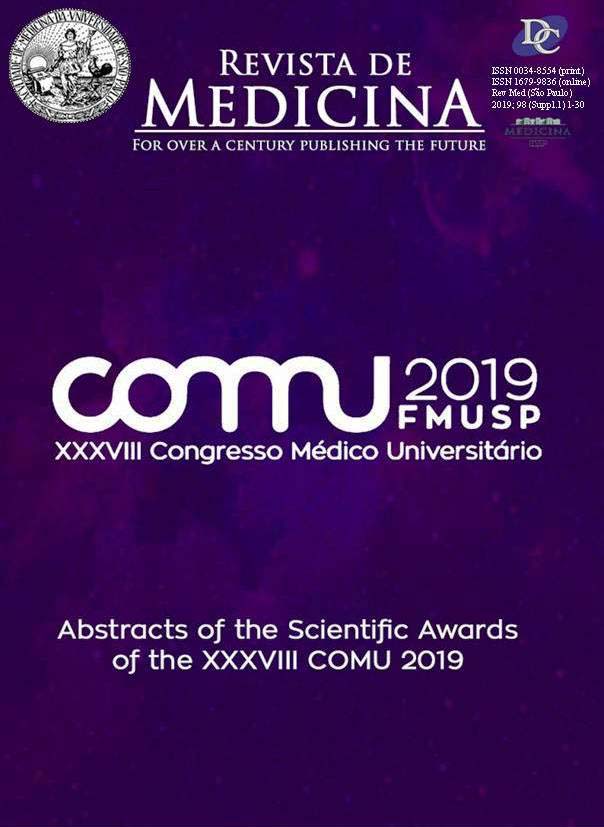Morfofunctional changes caused by viral agents associated with teratogenicity, inflammatory biomarcators and arboviroses
DOI:
https://doi.org/10.11606/issn.1679-9836.v98iSupplp27-27Palavras-chave:
Teratogenicidade, Interleucinas, ArbovirosesResumo
Introduction: In the second half of the 20th century, many anomalous effects and individuals were examined, arousing concern in the medical community at the time.The rubella syndrome in the 1930s showed that the placenta was not a barrier for all exogenous agents. In 2015 an increase in the prevalence of microcephaly cases has been reported in twenty times in Brazil, and this malformation is associated with the vertical transmission of the Zika virus (ZIKV) by the Ministry of Health. Based on these data, ZIKV-related microcephaly as well as other comorbidities associated with arboviruses have been discussed in several scientific events. Therefore, it is not yet known exactly how the ZIKV can cause microcephaly. To date, there are still controversial results on (1) the risk of spontaneous abortion and teratogenesis induced by treatment with intereferon (inflammatory biomarker) with the development of diseases caused by arbovirosis; (2) the profile of the inflammatory response to arvoviroses.
Objectives: Evaluate inflammatory biomarkers and morphofunctional changes caused by viral agents associated with teratogenicity.
Methods and Procedures: For the accomplishment of this scientific article, a bibliographical review was used consulting the information bases like SciELO, Pubmed, base LILACs, Periódicos CAPES and CNPq and Annals of Scientific Initiation and Research of the University of Ribeirão Preto.
Results: Studies show that in the active phase of viral replication in pregnant women with positive serology for Zika virus, for example, increased IL-2, IL-4, IL-9, IL-12, IL-13, IL-17 and IFN -gamma. In contrast, IL-23 did not change at the same stage. The relationship between elevation of IL-4, IL-10, MCP-1, TNF-ALFA, TNF-beta and MCP-1 in the amniotic fluid of pregnant women correlated with Autistic Spectrum Disorder was also enhanced. As for the findings on biological materials from animals immunodeficiated with the Zika virus, was observed that the trophoblasts were able to reduce the replication of the viral agent and the transfer time in the placental barrier.
Conclusions: Inflammatory biomarkers have a great relationship and potential for detection of teratogenic events. As for the blocking ability of viral replication, it is observed that placental precursor cells slow the transfer of the viral to the fetus, but does not prevent.
Downloads
Downloads
Publicado
Edição
Seção
Licença
Copyright (c) 2019 Revista de Medicina

Este trabalho está licenciado sob uma licença Creative Commons Attribution-ShareAlike 4.0 International License.




